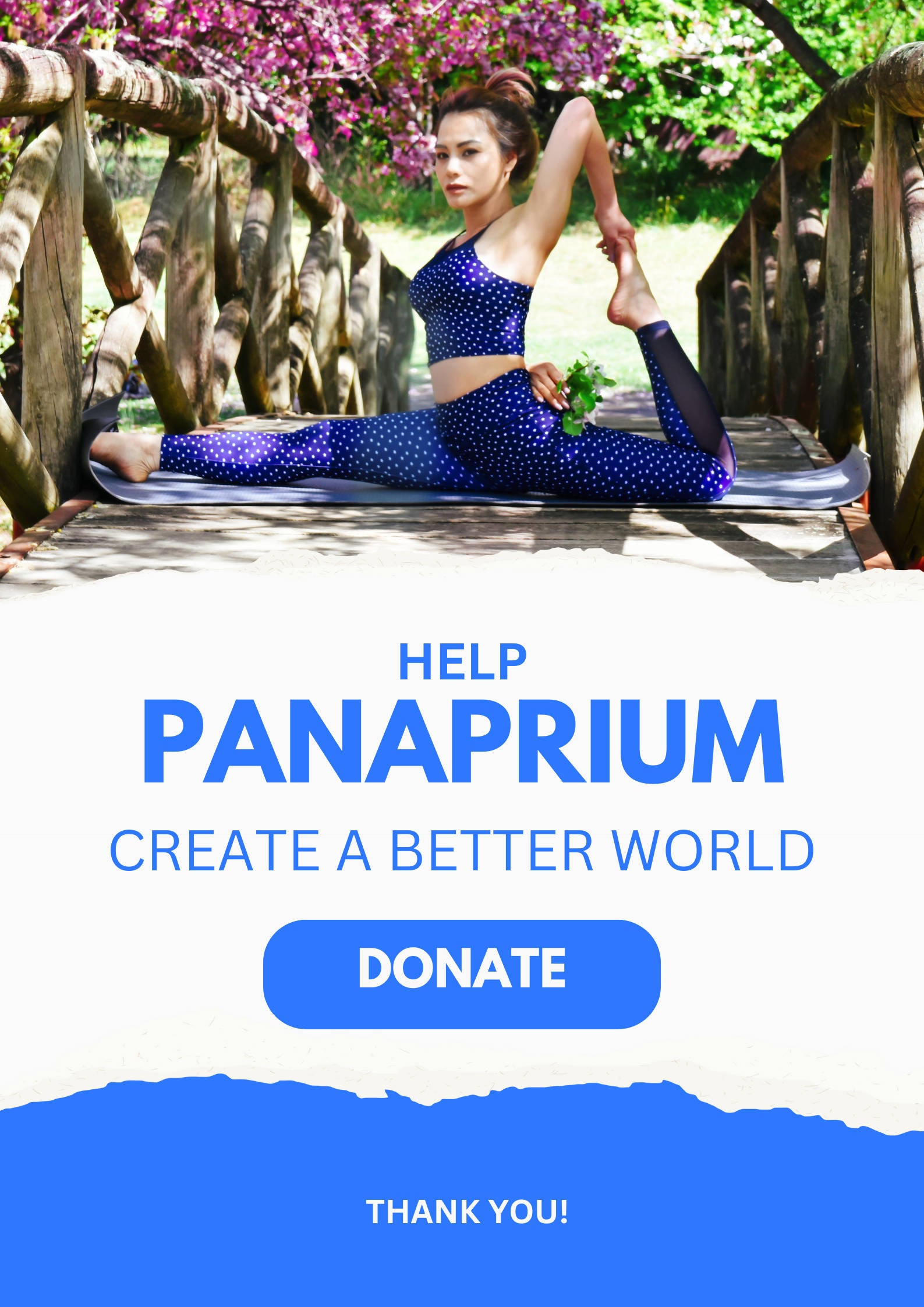
Fashion is one of the most polluting industries in the world. It produces about 10% of annual global carbon emissions, 20% of all wastewater worldwide, and half a million tons of plastic dumped into the ocean each year.
The fashion industry needs to take massive action urgently to reduce its environmental and social impacts. Large fast-fashion retailers such as Zara, H&M, and C&A have already started sustainable collections to answer consumers' demand for more sustainable products and ethical manufacturing.
Panaprium is independent and reader supported. If you buy something through our link, we may earn a commission. If you can, please support us on a monthly basis. It takes less than a minute to set up, and you will be making a big impact every single month. Thank you!
What's the current situation?

According to the recent post-COVID-19 survey from Lectra and Retviews, the share of eco collections among mass-market’s fashion clothing is not substantial for most retailers.
According to Retviews data, the most common fibers used in fast fashion and for sustainable collection are the same:
- cotton,
- synthetic fabrics,
- and viscose.
Polyester is a fabric made from synthetic fibers derived from petroleum-based chemicals or petrochemical products. It's the most popular fiber used in the fashion world, for apparel and accessories.
55 million tons of polyester fibers were produced in 2018 in the world. It represents 52% of global fiber production. To produce synthetic fabrics, around 342 million barrels of oil are used each year, as reported by the Ellen MacArthur Foundation.
Synthetic fabrics such as polyester are highly polluting. They aren't biodegradable and take up to thousands of years to decompose. They release toxic chemicals, carbon dioxide, and methane when they break down.
Yet, fast-fashion giants still use synthetic materials for their eco-friendly collection. They are the second most used fibers are organic cotton in their sustainability initiatives. A better solution would be to use one of the many sustainable alternatives to plastic.
The dark side of green business

Lectra’s sustainability report reveals that more than 90% of consumers are willing to change and are in favor of more sustainability in the fashion industry.
However, only 3% of consumers understand what sustainability represents. Fashion companies need to be more transparent about their sustainability efforts and educate their customers as well.
“To be fair, there isn’t a universally agreed-upon definition of sustainability, leaving room for brands to either fall into the greenwashing trap or exploit the vagueness surrounding it. It also allows brands to tout red herrings as progress while concealing problem areas."
- The Business of Fashion
A company is greenwashing when it's making misleading claims about the environmental benefits of its products. Greenwash is used to make the fashion business appear to be more environmentally friendly than it is.
The definition of sustainable fashion is unclear and differs for many consumers. It assembles a wide variety of topics without standardization. It leaves room for large players in the fashion industry to act inaccurately when it comes to environmental protection.
Many fashion brands and retailers to interpret sustainability however way they want. They define their collections as sustainable but only focus on a few aspects of sustainability.
Most eco-collections from fast-fashion retailers use new materials labeled as sustainable. But they don't take into account the whole supply chain.
H&M Conscious

H&M has under 10% of its product range dedicated to its conscious collection.
Zara Join Life

Zara has only 14% of its collection dedicated to its Join Life sustainable initiative.
C&A Wear the Change

C&A does a bit better than its competitors and has 30% of its collection dedicated to sustainable fashion.
Advancing sustainable fashion

Fast fashion giants are promoting their sustainable collection everywhere in print, on the web, and social media. But the large majority are their business remains unsustainable.
The share of eco-collections in fast fashion is insignificant compared to what conscious consumers rightfully expect from giant retailers. Few fashion brands have sustainability goals for the coming years wrote down in reports but are they able to meet them?
Communicating sustainability with consumers is a good thing but it' not enough. Fashion brands and retailers need to provide more information, be more transparent, accountable, and responsible.
They should invest much more in sustainable fabrics, technologies, infrastructures, and management systems. Designing for sustainability is a priority, not only with environmentally friendly materials but also with the whole supply chain and complete life cycle in mind.
Was this article helpful to you? Please tell us what you liked or didn't like in the comments below.
About the Author: Alex Assoune
What We're Up Against
Multinational corporations overproducing cheap products in the poorest countries.
Huge factories with sweatshop-like conditions underpaying workers.
Media conglomerates promoting unethical, unsustainable products.
Bad actors encouraging overconsumption through oblivious behavior.
- - - -
Thankfully, we've got our supporters, including you.
Panaprium is funded by readers like you who want to join us in our mission to make the world entirely sustainable.
If you can, please support us on a monthly basis. It takes less than a minute to set up, and you will be making a big impact every single month. Thank you.































0 comments